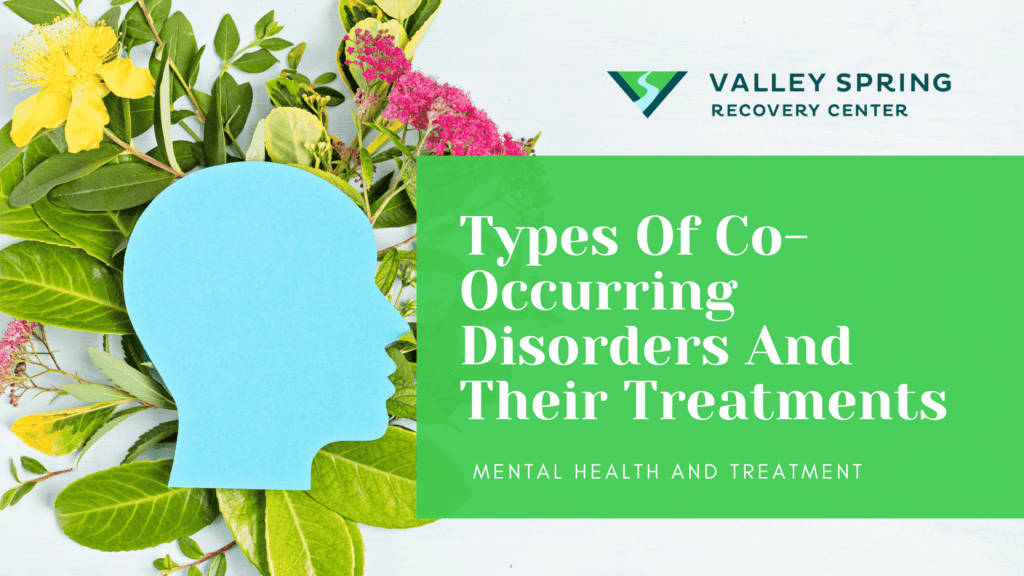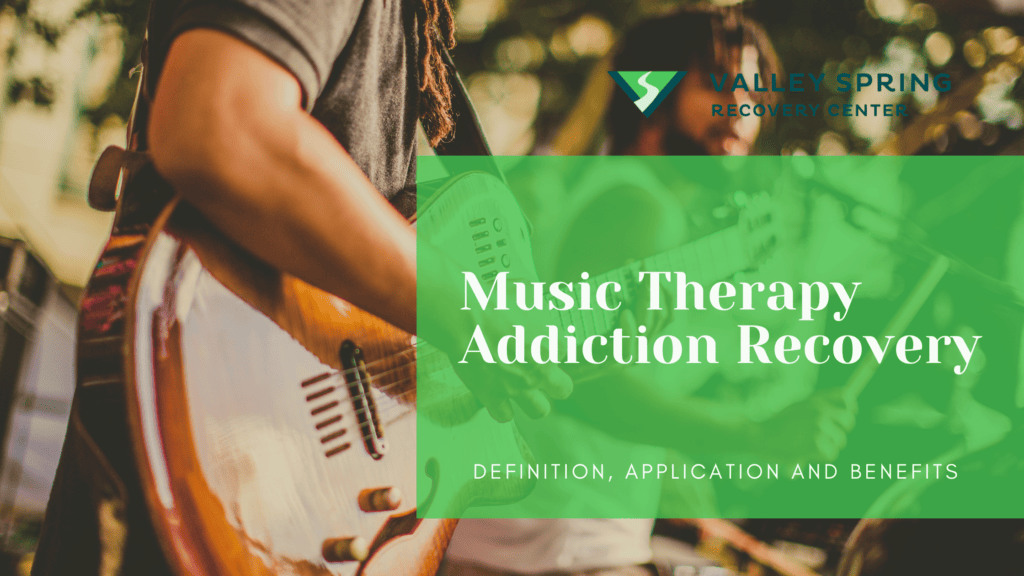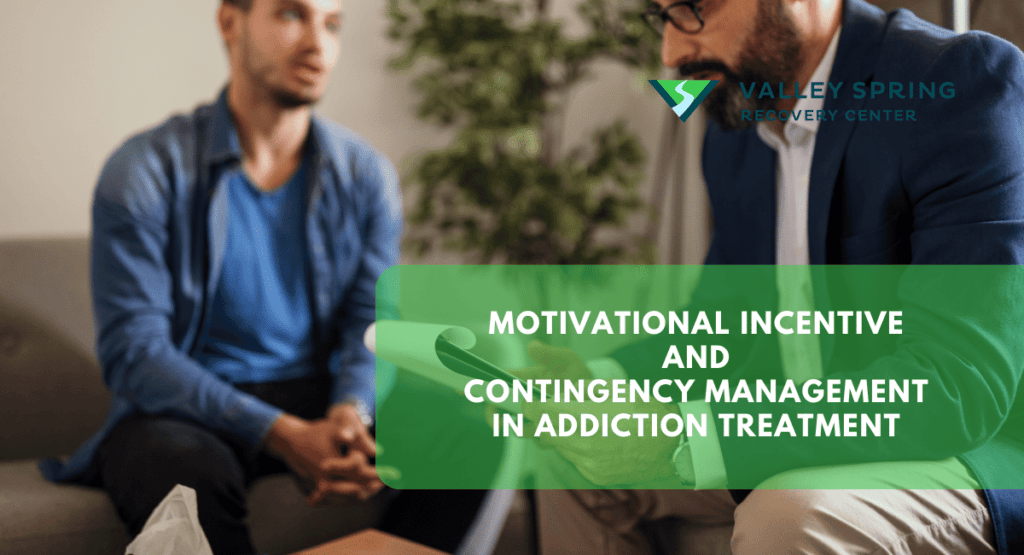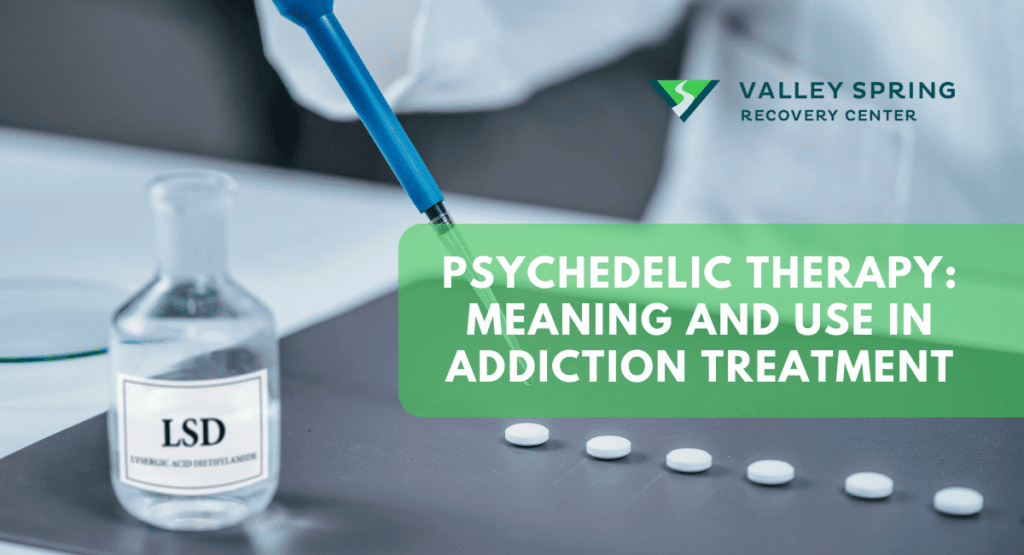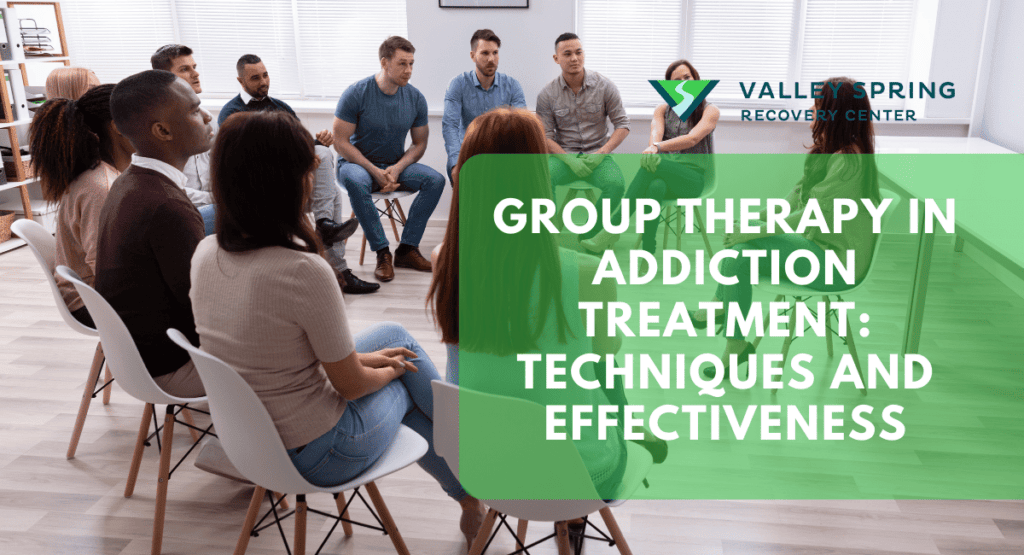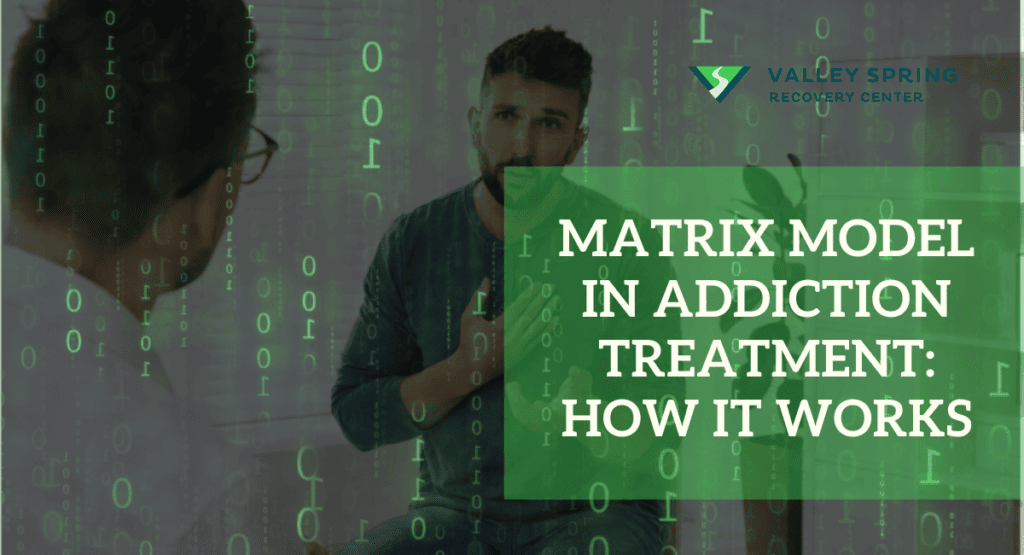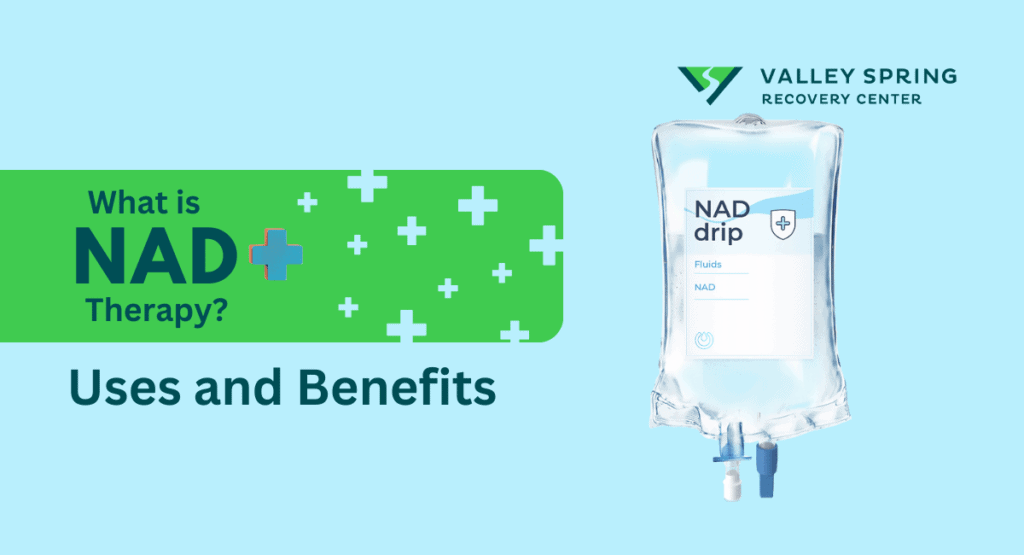According to a study by the National Center for Biotechnology Information (NCBI), co-occurring disorders are often neglected conditions that have a significant impact on the well-being of individuals, their families, caregivers, and society at large. Treating this condition is challenging and requires both personal will and professional help.
However, two treatment methods have been proven to be highly effective for treating cooccuring disorders; Individual Dual Diagnosis Treatment (IDDT) and Cognitive-Behavioral Therapy (CBT).
The same NCBI study further states that Treatment programs for co-occurring disorders use a combination of education, support, and resources from different places. This includes healthcare professionals working together from different areas like primary care, mental health, and substance use treatment. This is what the two techniques mentioned above provide.
What are Co-occurring Disorders?
Co-occurring disorders, also known as dual diagnosis, refer to the presence of both a mental health disorder and a substance use disorder occurring at the same time in an individual. These disorders can interact and exacerbate each other, making it more challenging to diagnose and treat them effectively.
Co-occurring disorders are a common problem in the U.S., with more than 9.2 million adults in the United States experiencing both a mental health disorder and a substance use disorder in 2019, according to the Substance Abuse and Mental Health Services Administration (SAMHSA).
Co-occurring disorders can come in several forms, including:
- Depression and alcohol use disorder
- Anxiety and stimulant use disorder
- Bipolar disorder and substance abuse
Another study by the National Survey on Drug Use and Health (NSDUH) found that individuals with a mental illness were more likely to have a substance use disorder, with nearly 40% of adults with a substance use disorder having a co-occurring mental illness.
What Are The Most Common Mental Health Disorders that co-occur with drug addiction?
Co-occurring disorders, also known as dual diagnoses, are conditions where an individual suffers from both mental health issues and substance use disorders. Here are some of the most common mental health disorders that often co-occur with drug addiction:
- Depression (Major Depressive Disorder): Often leads to drug use as self-medication for symptoms like persistent sadness or hopelessness.
- Anxiety Disorders: Includes generalized anxiety disorder (GAD), panic disorder, and social anxiety disorder, where drugs are used to alleviate anxiety symptoms.
- Post-Traumatic Stress Disorder (PTSD): Substance use may be a coping mechanism for managing trauma-related symptoms.
- Bipolar Disorder: The extreme mood swings in bipolar disorder can increase susceptibility to substance abuse during both manic and depressive episodes.
- Attention-Deficit/Hyperactivity Disorder (ADHD): Stimulant abuse is particularly common, especially if ADHD is undiagnosed or untreated.
- Borderline Personality Disorder (BPD): Impulsive behaviors and emotional instability often lead to an increased likelihood of substance abuse.
- Schizophrenia: Drug abuse might be an attempt to self-medicate against symptoms like hallucinations and delusions.
- Eating Disorders: Anorexia nervosa, bulimia nervosa, and binge-eating disorder can co-occur with substance abuse, especially stimulants.
- Mood Disorders: This category includes conditions like Dysthymia (persistent depressive disorder) and Cyclothymic Disorder, where individuals may use drugs to manage their fluctuating moods.
- Obsessive-Compulsive Disorder (OCD): Individuals may abuse substances to relieve the stress and anxiety associated with OCD.
- Panic Disorder: The intense fear and discomfort of panic attacks can lead to substance abuse as a form of coping.
- Social Phobia (Social Anxiety Disorder): Substance use may be a way to alleviate the extreme anxiety experienced in social situations.
| Mental Health Disorder | Related Entities | Relationship to Addiction |
|---|---|---|
| Depression (Major Depressive Disorder) | Low mood, Hopelessness, Self-medication | Self-medication for depressive symptoms, exacerbation of addiction during depressive episodes |
| Anxiety Disorders | GAD, Panic attacks, Social anxiety | Use of substances to alleviate anxiety, development of addiction as a coping mechanism |
| Post-Traumatic Stress Disorder (PTSD) | Trauma, Flashbacks, Avoidance | Substance use as a means to numb trauma-related memories and feelings |
| Bipolar Disorder | Mania, Depression, Mood swings | Substance abuse during manic episodes or to cope with mood swings |
| Attention-Deficit/Hyperactivity Disorder (ADHD) | Inattention, Hyperactivity, Impulsivity | Misuse of prescribed stimulants, self-medication for symptoms |
| Borderline Personality Disorder (BPD) | Impulsiveness, Emotional instability, Relationship issues | Substance use as a coping mechanism for emotional dysregulation and impulsive behaviors |
| Schizophrenia | Hallucinations, Delusions, Disorganized thinking | Self-medication for psychotic symptoms, increased vulnerability to substance abuse |
| Eating Disorders | Anorexia, Bulimia, Binge-eating | Substances used to control weight or as a coping mechanism for emotional distress from eating disorders |
| Mood Disorders | Dysthymia, Cyclothymia, Mood fluctuations | Substance use to manage mood fluctuations, increased risk of addiction during mood episodes |
| Obsessive-Compulsive Disorder (OCD) | Compulsions, Obsessions, Anxiety | Substances used to relieve obsessive-compulsive stress and anxiety |
| Panic Disorder | Fear, Anxiety, Physical symptoms | Substance use to cope with panic attacks and chronic fear |
| Social Phobia (Social Anxiety Disorder) | Fear of social situations, Anxiety, Avoidance | Substance use to reduce social anxiety, dependence developed as a coping strategy |
It’s important for treatment to address both the mental health disorder and the substance use disorder simultaneously, as treating one without the other can lead to a cycle of relapse. Integrated treatment approaches that encompass medical, psychological, and support services are considered most effective for individuals with dual diagnoses.
What comes first, mental health conditions or addiction?
Determining whether mental health conditions or addiction comes first is complex and can vary significantly from individual to individual. This relationship, often referred to as the “chicken or egg” dilemma in the context of dual diagnosis or co-occurring disorders, is not the same for everyone. There are generally three primary scenarios observed:
- Mental Health Conditions Leading to Addiction: In many cases, individuals may first experience mental health issues and then turn to drugs or alcohol as a form of self-medication. For example, a person with depression might use substances to alleviate their symptoms, potentially leading to addiction.
- Addiction Leading to Mental Health Conditions: Conversely, substance use can contribute to the development of mental health disorders. Prolonged use of certain substances can lead to conditions like depression, anxiety, or psychosis. For instance, chronic alcohol use can lead to depression, and stimulants can trigger anxiety or psychotic episodes.
- Simultaneous Development: Sometimes, addiction and mental health conditions can develop simultaneously but independently. This can be due to a variety of factors, including genetics, environmental influences, and life stressors, where both a substance use disorder and a mental health condition emerge around the same time.
Moreover, the interaction between mental health conditions and addiction is often bidirectional, meaning they can exacerbate each other. A mental health condition can worsen the substance use disorder, and vice versa. This complexity highlights the importance of comprehensive treatment that addresses both conditions concurrently for effective recovery.
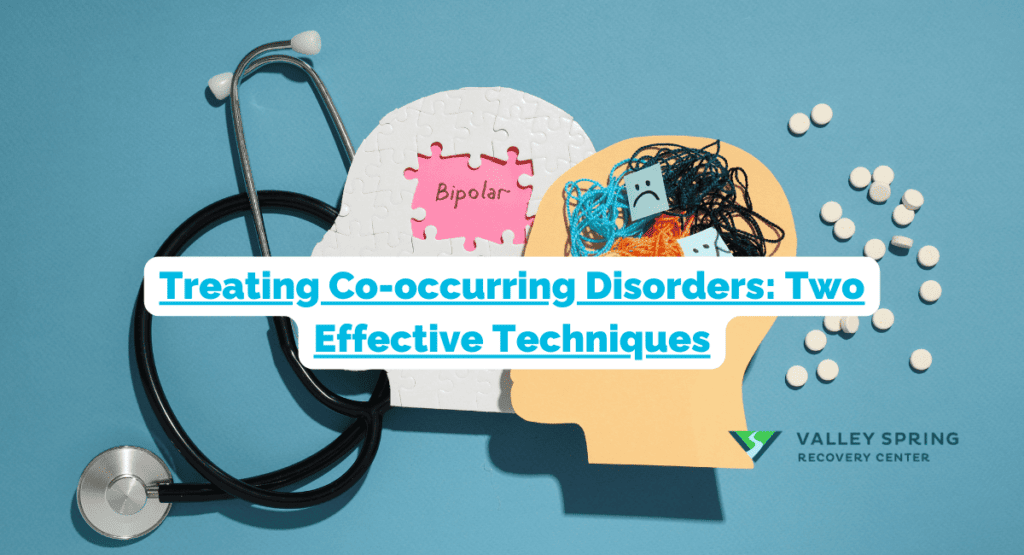
What are the Effective Techniques for Treating Cooccurring Disorders?
While there are several approaches and techniques for treating cooccurring disorders, the most effective techniques commonly used are listed below:
1. Integrated Dual Diagnosis Treatment (IDDT)
This approach combines mental health treatment and substance use disorder treatment into a comprehensive, integrated program. It involves a team of professionals, including psychiatrists, therapists, and counselors, who work collaboratively to address both disorders concurrently. IDDT focuses on providing coordinated care, utilizing evidence-based practices, and addressing the unique needs of individuals with co-occurring disorders.
2. Cognitive-Behavioral Therapy (CBT)
CBT is a widely used therapeutic approach that helps individuals recognize and modify negative thoughts, beliefs, and behaviors. In the context of co-occurring disorders, CBT can be adapted to target both mental health symptoms and substance use behaviors. It aims to improve coping skills, develop healthier thought patterns, and promote sustainable recovery. CBT can be delivered in individual or group settings and has shown effectiveness in reducing symptoms of both mental health disorders and substance use disorders.
3. Medication-Assisted Treatment (MAT)
MAT combines pharmacological interventions with counseling and behavioral therapies to treat substance use disorders. For opioid addiction, medications like buprenorphine, methadone, and naltrexone can help reduce withdrawal symptoms and cravings. For alcohol dependence, medications such as disulfiram, naltrexone, and acamprosate may be used. In the context of co-occurring disorders, MAT can also include psychotropic medications that address symptoms of the mental health disorder, such as antidepressants, mood stabilizers, or antipsychotics.
4. Dialectical Behavior Therapy (DBT)
DBT is a comprehensive cognitive-behavioral treatment that emphasizes the psychosocial aspects of treatment. It focuses on teaching patients skills to cope with stress, regulate emotions, and improve relationships with others. In the context of addiction and co-occurring disorders, DBT helps individuals recognize triggers that lead to drug use, teaches them to avoid these triggers when possible, and helps them apply skills to cope with them without turning to substances.
5. Motivational Interviewing (MI)
MI is a client-centered, directive method for enhancing intrinsic motivation to change by exploring and resolving ambivalence. It is particularly useful in the initial stages of treatment for addiction and co-occurring disorders, as it helps individuals move through the stages of change—from precontemplation to contemplation, and then to preparation, action, and maintenance.
6. Group Therapy
Group therapy provides a platform where individuals can share their struggles and successes with peers who are facing similar challenges. It fosters a sense of community and belonging, which is often lacking in the lives of individuals struggling with addiction and mental health disorders. Group therapy can also offer diverse perspectives and collective wisdom to problem-solving.
7. Support Groups
Support groups such as Dual Diagnosis Anonymous (DDA) provide a safe and non-judgmental environment where individuals can find peer support. These groups often follow a 12-step approach, integrating the recognition of a dual diagnosis and focusing on recovery from both mental illness and substance abuse.
8. Family Therapy
Family therapy includes the client’s family members in the treatment process. It can educate the family about the nature of addiction and co-occurring disorders, improve communication skills, and address dysfunctional family dynamics that may contribute to the substance use and mental health problems.
9. Education
Education is a critical component of treatment for individuals with co-occurring disorders. It can involve learning about the diseases of addiction and mental health, understanding the importance of medication adherence, recognizing the signs of relapse, and developing healthy coping strategies.
10. Peer Support
Peer support specialists, often individuals in recovery themselves, can provide a unique perspective and understanding. They offer practical advice, share their own experiences, and act as role models for individuals in treatment.
11. Relapse Prevention Training
This training involves teaching individuals how to recognize early warning signs of relapse and develop strategies to prevent it. It may include establishing a regular routine, managing cravings, identifying high-risk situations, and ensuring adherence to medication regimens for their mental health condition.
12. Case Management
Case managers assist with coordinating care across different service providers, help with access to housing and employment services, and ensure that individuals receive comprehensive services tailored to their specific needs.
13. Holistic Therapies
Holistic therapies may include yoga, acupuncture, art therapy, and meditation. These practices aim to treat the person as a whole, addressing the physical, emotional, and spiritual aspects of addiction and mental health disorders.
14. Aftercare Planning
Aftercare planning is a proactive approach to prevent relapse and maintain recovery gains made during treatment. It may include ongoing therapy, support groups, continued peer support, and other community-based services that offer sustained support post-treatment.

How Does Integrated Dual Diagnosis Treatment Work?
Integrated Dual Diagnosis Treatment (IDDT) is an approach that aims to address both mental health and substance use disorders simultaneously in a coordinated and integrated manner. It recognizes the interconnected nature of these disorders and emphasizes the need for comprehensive care. Here’s how IDDT works:
1. Comprehensive Assessment
The treatment process begins with a thorough assessment to identify and evaluate both mental health and substance use disorders. This assessment helps in understanding the individual’s unique challenges, strengths, and treatment needs.
2. Integrated Treatment Team
An interdisciplinary team of professionals is assembled to provide coordinated care. This team may include psychiatrists, therapists, counselors, nurses, case managers, and peer specialists. They collaborate to develop an individualized treatment plan that addresses both disorders effectively.
3. Concurrent Treatment
In IDDT, treatment for mental health and substance use disorders is provided concurrently rather than sequentially. This means that therapy, medication management, and other interventions are delivered simultaneously, recognizing the interplay between the disorders.
4. Motivational Enhancement
IDDT employs motivational techniques to engage and motivate individuals in their recovery journey. Motivational interviewing and enhancement strategies are used to help individuals explore their motivations, set goals, and develop a commitment to change.
5. Dual-Focused Interventions
IDDT utilizes interventions that specifically target both mental health and substance use disorders. Evidence-based practices are employed, such as Cognitive-Behavioral Therapy (CBT), motivational enhancement therapy, relapse prevention techniques, and skills training. These interventions address symptom management, coping skills, relapse prevention, and other relevant areas.
6. Coordinated Care
IDDT emphasizes the coordination of services across different treatment settings, such as mental health clinics, substance use treatment centers, primary care, and community support systems. This coordination ensures consistent and comprehensive care across various aspects of an individual’s life.
7. Recovery-Oriented Approach
IDDT adopts a recovery-oriented approach that focuses on the individual’s strengths, goals, and preferences. It promotes self-empowerment, hope, and resilience, recognizing that recovery is a unique and ongoing process for each person.
By integrating treatment for mental health and substance use disorders, IDDT aims to improve overall outcomes, reduce relapse rates, enhance quality of life, and support individuals in achieving their recovery goals.
How Does Cognitive-Behavioral Therapy Work?
Cognitive-behavioral therapy (CBT) is a widely used therapeutic approach that focuses on the connection between thoughts, emotions, and behaviors. It is based on the idea that our thoughts and interpretations of events significantly influence our emotional and behavioral responses. Here’s how CBT works:
1. Assessment
The therapy process begins with an assessment where the therapist and individual collaboratively identify the specific problems, symptoms, or challenges they want to address. This assessment helps in setting clear treatment goals.
2. Cognitive Restructuring
CBT focuses on identifying and challenging negative or distorted thoughts, beliefs, and cognitive patterns that contribute to emotional distress. The therapist helps the individual become aware of these thoughts and guides them in examining their accuracy and validity. Through cognitive restructuring, the individual learns to replace negative thoughts with more realistic and positive ones.
3. Behavior Modification
In addition to addressing thoughts, CBT also targets behaviors that may reinforce or maintain the individual’s difficulties. The therapist helps the individual identify maladaptive behaviors and develop strategies to modify them. This may involve implementing positive behaviors, practicing new coping skills, and gradually exposing oneself to feared situations.
4. Skills Training
CBT often includes teaching individuals specific skills to cope with their challenges effectively. This may involve stress management techniques, problem-solving skills, communication skills, relaxation exercises, and other practical strategies to enhance emotional well-being.
5. Homework and Practice
Between therapy sessions, individuals are typically encouraged to engage in homework assignments or practice exercises to reinforce what they have learned and apply new skills in their daily lives. This active involvement outside of therapy sessions helps individuals integrate CBT principles into their everyday experiences.
6. Collaboration and Empowerment
CBT is a collaborative process between the therapist and the individual. The therapist provides guidance, support, and feedback while empowering the individual to take an active role in their own treatment. The individual is encouraged to explore and discover their own patterns of thinking and behavior, ultimately becoming their own therapist over time.
CBT is a time-limited and goal-oriented therapy that typically consists of a structured number of sessions. It has been shown to be effective in treating a wide range of mental health conditions, including anxiety disorders, depression, phobias, obsessive-compulsive disorder, and post-traumatic stress disorder, among others.
By targeting both thoughts and behaviors, CBT helps individuals develop healthier thinking patterns, gain coping skills, and make positive changes in their lives. It is a practical and evidence-based approach that empowers individuals to take control of their thoughts and actions to improve their overall well-being.

Why is it Important to Treat Mental Health And Drug Use Disorders Simultaneously?
Treating mental health and drug use disorders simultaneously is crucial because these two conditions often coexist and can significantly impact each other’s progression and outcomes. When left untreated, they can worsen symptoms, increase the risk of relapse, and hinder overall recovery.
Addressing both disorders concurrently allows for a comprehensive approach that tackles the interconnected nature of these conditions, leading to more effective treatment outcomes and improved overall well-being. By integrating mental health and substance use treatment, individuals have a better chance of achieving lasting recovery, managing symptoms, and improving their quality of life.
Where To Get Treatment For Co-Occurring Disorders
The treatment of co-occurring disorders requires a comprehensive and integrated approach, considering the interplay between mental health and substance use. Two highly effective techniques for addressing these complex conditions are Integrated Dual Diagnosis Treatment (IDDT) and Cognitive-Behavioral Therapy (CBT). The key to effective treatment for co-occurring disorders is that it must be personalized to the individual’s unique needs, considering the severity and type of the mental health disorder as well as the substance use disorder. Coordinated care that addresses all aspects of a person’s life—including psychological, physical, social, and environmental factors—is the most effective way to achieve recovery.
IDDT emphasizes the coordination of mental health and substance use treatment, providing a holistic framework for care. CBT, on the other hand, targets both cognitive and behavioral aspects, empowering individuals to challenge negative thoughts and develop healthier behaviors.
Dual Diagnosis treatment is available in New Jersey at Valley Spring Recovery Center for individuals struggling with mental health issues and drug addiction. Contact us today to speak to one of our compassionate admissions counselors who are standing by 24/7.
Ben Fisher
All author postsShare This Post

